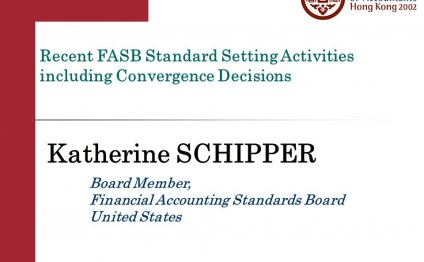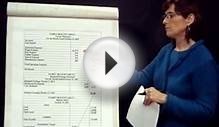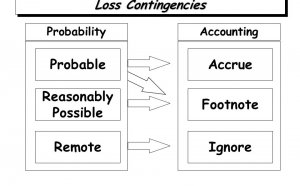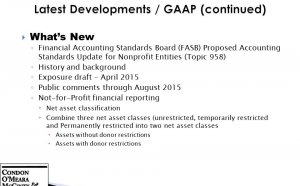
Financial Accounting Standard Setting in the United State
 In May, the Financial Accounting Foundation (FAF), which oversees the Financial Accounting Standards Board (FASB) and the Governmental Accounting Standards Board (GASB), released its 2013 Annual Report (the Report), which provides insight into how the U.S. accounting standard-setting process is expected to evolve in the months and years to come.
In May, the Financial Accounting Foundation (FAF), which oversees the Financial Accounting Standards Board (FASB) and the Governmental Accounting Standards Board (GASB), released its 2013 Annual Report (the Report), which provides insight into how the U.S. accounting standard-setting process is expected to evolve in the months and years to come.
The Report provides comments from the Board Chairmen of the FASB and GASB that address what each respective organization would like to accomplish in 2014 and processes they would like to implement in order to make accounting standard setting in the United States more productive and efficient. Here are a few of the items included in the Report:
FASB
- The FASB intends to successfully conclude all of the remaining convergence projects it is currently working on bilaterally with the International Accounting Standards Board (IASB). This includes the revenue recognition project, on which both sides tend to agree; as well as projects addressing financial instruments, insurance contracts, and leases, on which the organizations are expected to reach differing conclusions. These are the remaining projects the FASB currently has planned to address bilaterally with the IASB. Going forward, the FASB will participate in the development of International Financial Reporting Standards through its representation on the IASB’s Accounting Standards Advisory Forum.
- To assist the FASB in its decision-making process, it plans to group potential projects into three categories:
- Foundational projects which have an overarching and long-term impact on Generally Accepted Accounting Principles (GAAP)—such as the FASB’s conceptual framework and disclosure framework projects.
- Projects that promote transparency which consider recognition, measurement, and presentation issues.
- Projects aimed at reducing the cost and complexity of financial reporting, while improving its relevance to financial statement users.
- The FASB is planning to simplify its Codification by issuing “plain-English” materials and creating transition resource groups that are tasked with the education, interpretation, and amendments related to the issuance of major new standards.
GASB
- The GASB is planning to undertake a project to reexamine its financial reporting model. The project will focus on identifying ways in which the reporting model’s effectiveness can be enhanced and the complexity of financial reporting can be reduced.
- The GASB will be issuing “plain-English” videos designed to simplify the implementation process of newly issued standards.
- The GASB will also be considering ways to improve the timeliness of financial reporting.
The Chairmen for the FASB and GASB have also indicated that they intend to work more collaboratively with each other on projects with similar underlying economics.
To aid the GASB and FASB in achieving their respective goals, the FAF established a Post-Implementation Review process that is designed to determine whether the standards issued by the GASB and FASB accomplish the stated purpose and provide useful information to financial statement users.
WE ARE REQUIRED BY IRS CIRCULAR 230 TO INFORM YOU THAT THE FOLLOWING DISCUSSION WAS NOT INTENDED OR WRITTEN TO BE USED, AND IT CANNOT BE USED, NOR RELIED UPON, BY ANY TAXPAYER FOR THE PURPOSE OF AVOIDING ANY PENALTIES THAT MAY BE IMPOSED UNDER FEDERAL TAX LAW. THE ADVICE WAS WRITTEN TO SUPPORT THE PROMOTION OR MARKETING OF THE TRANSACTIONS OR MATTERS ADDRESSED IN THE DISCUSSION. EACH TAXPAYER SHOULD SEEK ADVICE BASED ON ITS PARTICULAR CIRCUMSTANCES FROM AN INDEPENDENT TAX ADVISOR.


YOU MIGHT ALSO LIKE


Share this Post
Related posts
Financial Accounting Standards No. 5
Presentation Chapter 13-1 Current Liabilities and Contingencies
Read MoreFinancial Accounting Standards Board History
Since 1973, the Financial Accounting Standards Board (FASB) has been the designated organisation in the private sector for…
Read More










